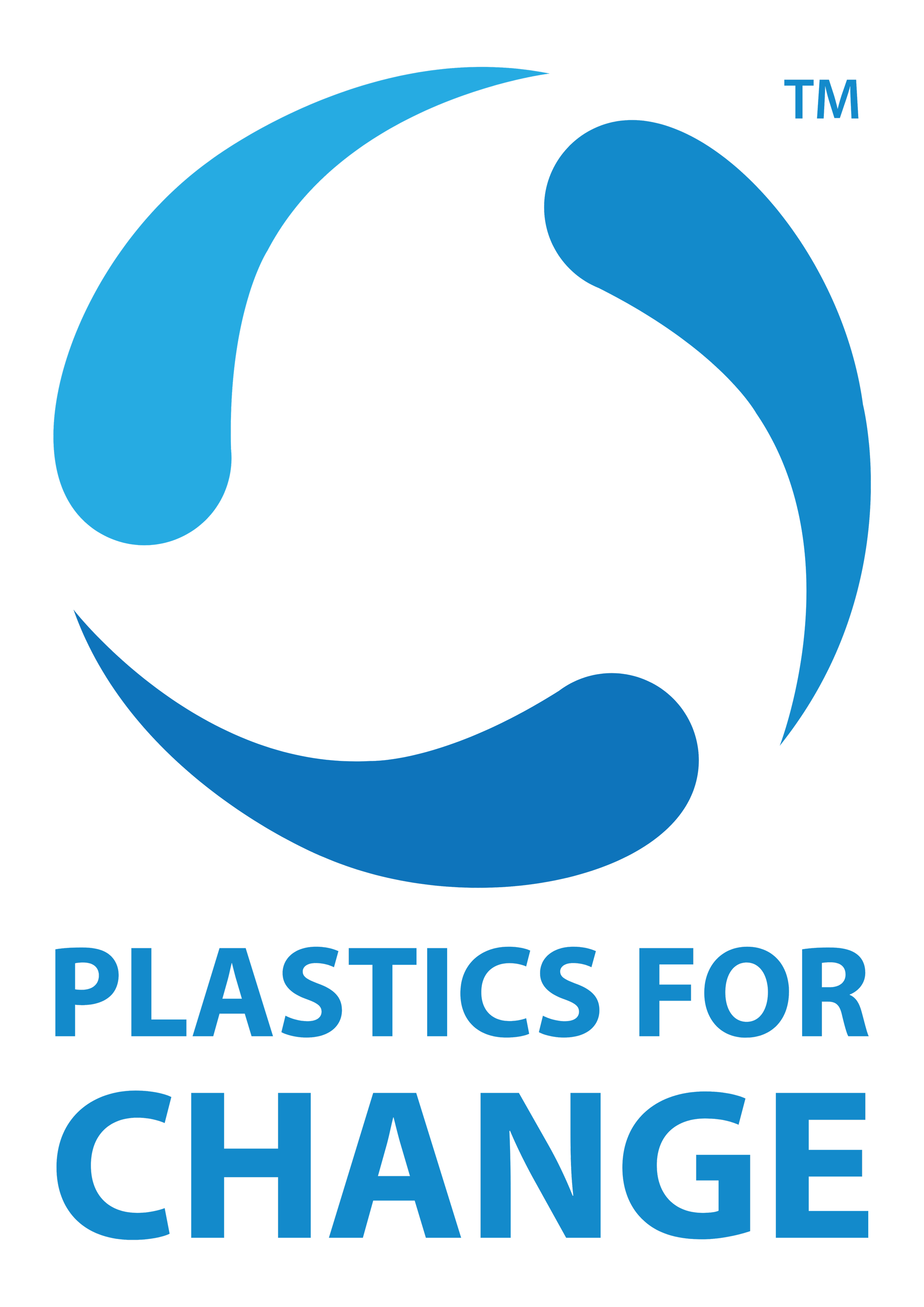Spinning Fibre
In recent years, sustainable development has garnered significant attention across various industries. Among these sectors, the textile industry has notably advanced in adopting eco-friendly practices predominantly guided by large companies promoting their persona of eco-friendly business models. One of the key focus areas includes the use of recycled or alternative man-made fibers (MMFs) such as the recycled polyester staple fiber (rPSF) to reduce the heavy virgin materials and associated environmental pollution. Currently, man-made fibers make up 72% of global textile fiber consumption, and the demand for polyester in the global market is expected to grow at Compound Annual Growth Rate of 4.95% (USD 29 billion) by end of CY27.
High Tenacity rPET Fiber for yarn Spinning
advantages
Strength: The strength of recycled polyester staple fiber is nearly one times higher than cotton and three times higher than wool, so the polyester fabric is strong and durable.
Heat resistance: It can be used at 70~170℃, and it has a good heat resistance and thermal stability among synthetic fibres.
Elasticity: The elasticity of recycled polyester staple fiber is close to wool's, and its wrinkle resistance is higher than that of other fibres. The fabric is not wrinkled and has good line retention.
Abrasion resistance: The abrasion resistance of recycled polyester staple fiber is second only to nylon and ranks second among synthetic fibres.
Water absorption: Regenerated polyester staple fibre has low water absorption, moisture regain, and good insulation performance, however, due to low water absorption, high static electricity generated by friction and poor dyeing performance.
dope dyed fibre
An energy saving and environmentally friendly product to reduce the pollution and waste water discharge in the textile industry.
Excellent retention of fibre finish to ensure smooth and better productivity.
Better washing/sublimation/sunlight fastness as compared to conventional solution dyeing.
Uniformity in colour and reduce control risk of production process.
Dope Dyed Water Conservation during the dyeing process
No water is used in the dope dyed process.
Due to the melt spinning method, chemicals are conserved.
Low energy and water usage costs.
Energy saving and carbon reduction.


